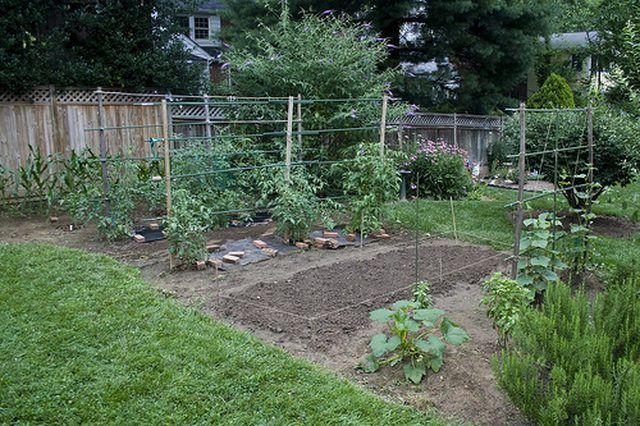Bulbs
Flower Basics
Flower Beds & Specialty Gardens
Flower Garden
Garden Furniture
Garden Gnomes
Garden Seeds
Garden Sheds
Garden Statues
Garden Tools & Supplies
Gardening Basics
Green & Organic
Groundcovers & Vines
Growing Annuals
Growing Basil
Growing Beans
Growing Berries
Growing Blueberries
Growing Cactus
Growing Corn
Growing Cotton
Growing Edibles
Growing Flowers
Growing Garlic
Growing Grapes
Growing Grass
Growing Herbs
Growing Jasmine
Growing Mint
Growing Mushrooms
Orchids
Growing Peanuts
Growing Perennials
Growing Plants
Growing Rosemary
Growing Roses
Growing Strawberries
Growing Sunflowers
Growing Thyme
Growing Tomatoes
Growing Tulips
Growing Vegetables
Herb Basics
Herb Garden
Indoor Growing
Landscaping Basics
Landscaping Patios
Landscaping Plants
Landscaping Shrubs
Landscaping Trees
Landscaping Walks & Pathways
Lawn Basics
Lawn Maintenance
Lawn Mowers
Lawn Ornaments
Lawn Planting
Lawn Tools
Outdoor Growing
Overall Landscape Planning
Pests, Weeds & Problems
Plant Basics
Rock Garden
Rose Garden
Shrubs
Soil
Specialty Gardens
Trees
Vegetable Garden
Yard Maintenance
Starter Fertilizer Vs. Regular Fertilizer
Starter Fertilizer Vs. Regular Fertilizer. Fertilizing all crops is necessary to provide essential nutrients, according to Penn State Cooperative Extension. However, newly emerging seedlings have slightly different needs than thriving plants. Both starter fertilizer and regular fertilizer are needed during a plant's life cycle.

Fertilizing all crops is necessary to provide essential nutrients, according to Penn State Cooperative Extension. However, newly emerging seedlings have slightly different needs than thriving plants. Both starter fertilizer and regular fertilizer are needed during a plant's life cycle.
Nutrients
Regular fertilizer contains nitrogen (N), potassium (K), and phosphorous (P). Starter fertilizers emphasize phosphorous, the most critical ingredient for root growth in seedlings, according to Penn State. Some starter fertilizers also provide nitrogen, which enhances the uptake of phosphorous and encourages leaf growth.
Composition
Starter fertilizers usually contain 20 percent or more of phosphorous, according to David M. Kopec of the University of Arizona Extension. Regular fertilizers have a nitrogen-potassium-phosphorous ratio of 1-2-1. The numbers refer to the percentage of each substance that the fertilizer contains.
Effects
Higher grade phosphorous and quick-release nitrogen are essential in starter fertilizers, Kopec said, because the tender roots of seedlings need ready access to those nutrients. More mature plants benefit from the slow-release varieties available in regular fertilizers.
Considerations
Starter fertilizers are diluted, compared with regular fertilizers. Full-strength fertilizer can burn the leaves, stems and roots of tender seedlings.
Application
Apply starter solutions by pouring a cup of diluted liquid fertilizer into the hole before inserting the plant. Regular fertilizer is applied four to six inches away from the base of a mature plant.